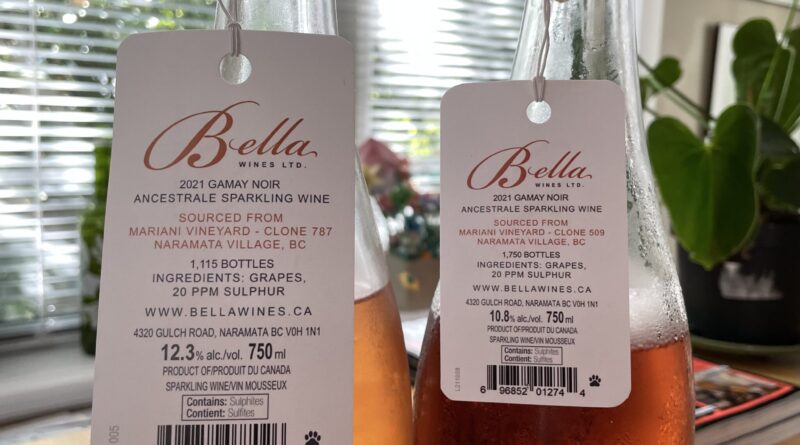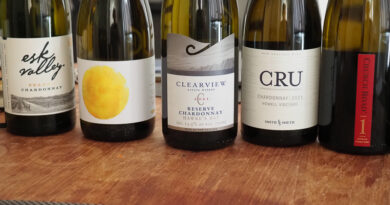Pét-Nat: A Primer
You’ve see them on the shelves of hip wine shops and on the lists of hot wine bars. They’re the indie darling of the natural wine movement and a bottle badge of adventuresome wine drinkers. Pét-Nat, short for Pétillant Naturel, may be trendy and new to you, but this is the oldest style of sparkling wine, made by Monks in early 16th century Limoux, France, and was the first way to capture bubbles in the bottle. Produced by Méthode Ancestrale (also known as artisinale or gaillacoise or rurale), the wine is bottled while it’s still undergoing primary fermentation, trapping the carbon dioxide in the bottle. This is unlike traditional method (as for Champagne), which sees the fully fermented base wine undergo a second fermentation in the bottle with the addition of yeast and sugar. Unlike traditional method bubbles, pét-nats are not disgorged, and may or may not be filtered after fermentation is complete, leaving some wines quite hazy and textural. The end result with pét-nats can vary, since each individual bottle is its own fermentation; there is no winemaker intervention to balance out, control, or correct the ferment. The natural, rawness and rusticity is part of the appeal. These wines have about half the pressure of traditional method fizz, and even less pretense. Pét-Nats vary from dry to sweet, are low in alcohol, topped with an easy-access crown cap and meant for drinking now, liberally.
Here are a range of pét-nats that I have recently tasted and enjoyed:
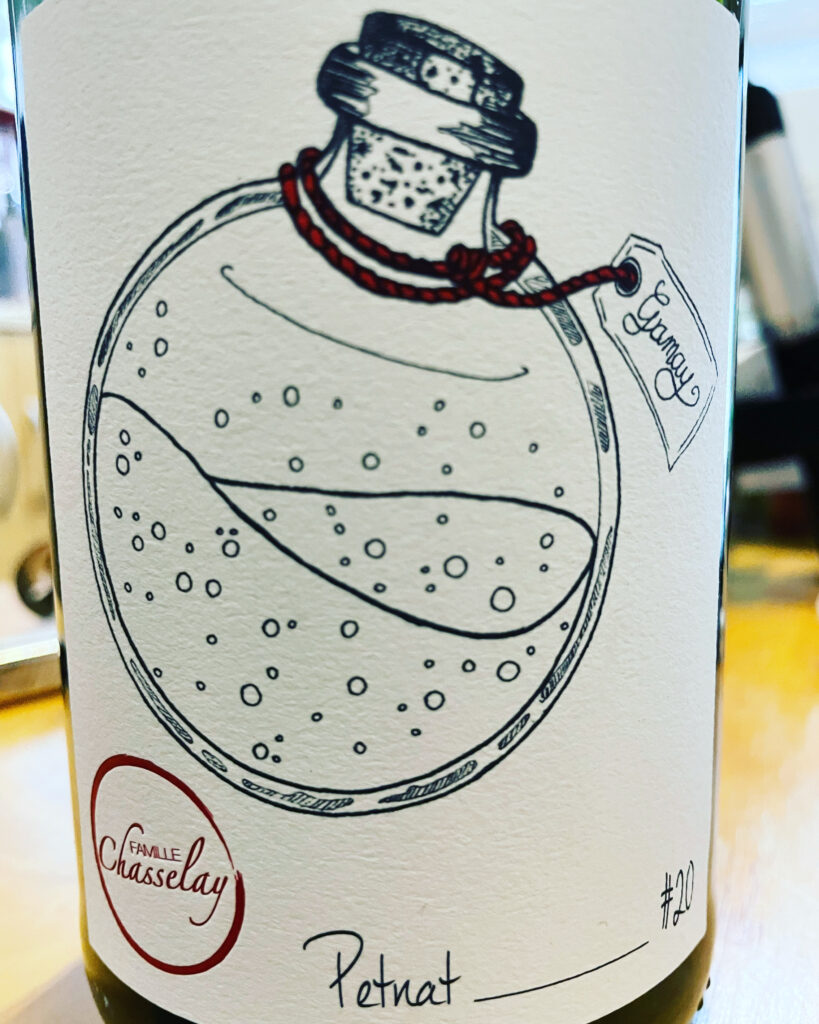
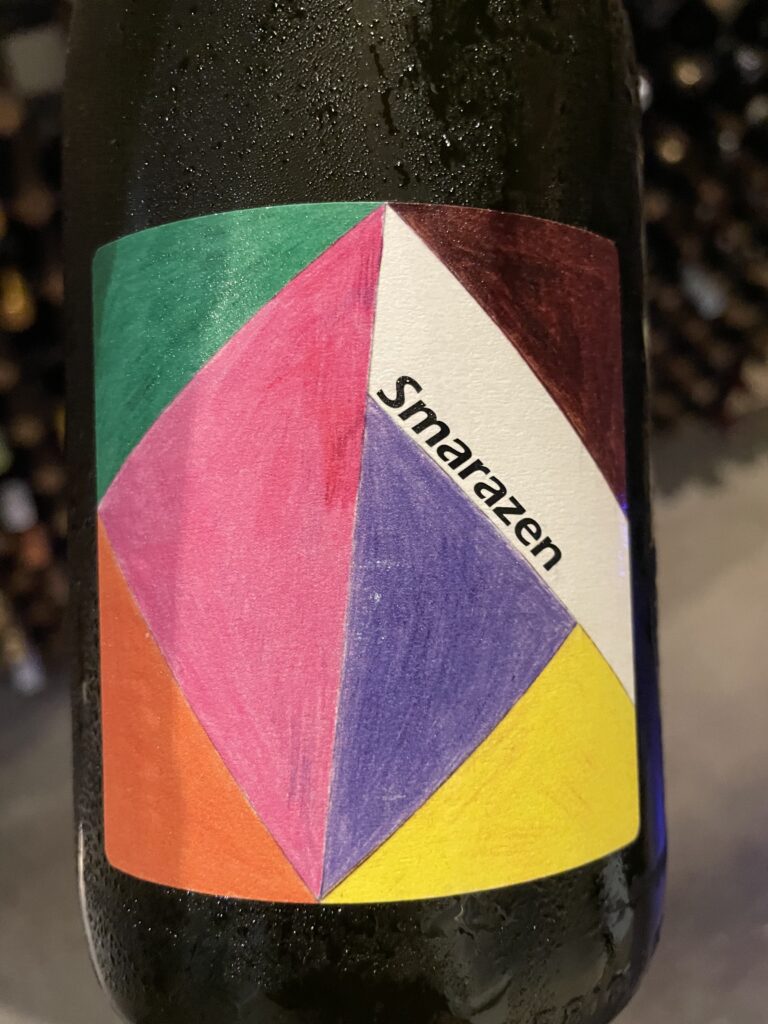
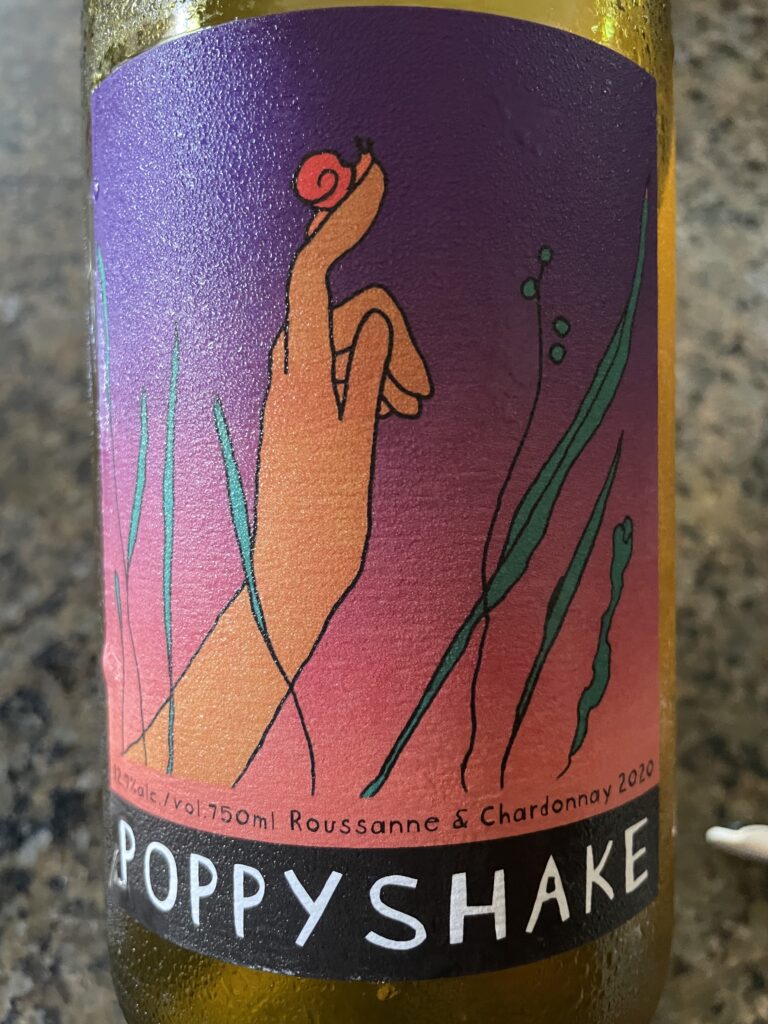
Famille Chasselay Pétnat #20, Beaujolais, France
The Chasselay family can trace their lineage in the village of Chatillon d’Azergues, in southern Bojo’s Pierres Dorees, back to 1418. The region, the land of the golden stones, is named for the local ochre-hued limestone, traditionally quarried for buildings. Fabien Chasselay, his sister Claire, and their father Jean-Gilles have farmed their 15 acres in the Pierres Dorees organically since 2000, with the average vine age of 55 years. This is a natural, dry, organic, white pét-nat from 50-year-old Gamay vines from calcareous clays. It spent 50 days on lees and was not filtered. Pouring a pale peach hue, this dry pét-nat carries fragrant cherry and red currant on a soft, lightly fizzy palate, lit with crunchy tangerine — lovely completeness in this friendly wine. 89/100 (TR)
Mirco Mariotti Smarazen 2020, Emilia-Romagna, Italy
Mirco Mariotti makes natural wines in the Bosco Eliceo area in the eastern part of Emilia-Romagna. The vines grow 300 meters from the Adriatic sea and many are well over 100 years old. They are gnarly non-grafted vines with roots that dig as deep as two meters in the sandy soil and into the aquifer below. Mariotti’s wines are named after local card games the locals play. This pét-nat of 70% Trebbiano and 30% Malvasia di Candia is from 50-100 year old vines. Lightly fizzy, with white melon, tart tangerine, white pepper on a brisk, lightly astringent palate. Refreshing and lively at 12%. 89/100 (TR)
Poppyshake Chardonnay and Roussanne Ancestral Method 2020, Okanagan Valley, BC
Poppyshake is the personal project of Kathleen Sinclair, a natural wine and cider maker based in Naramata, working with Bella Wines these past few years. This natural (0 additive) pét-nat blends 60% Chardonnay and 40% Roussanne, with the latter spending 11 days on skins prior to blending with the Chardonnay and native cofermenting in a neutral barrel. This then spent 6 months on lees before being disgorged by hand in spring 2021. Peach yogurt, nectarine fuzz lead the creamy, herbal, dry palate, lit with a flick of lime pith to the soft, crab apple, humming finish. 89/100 (TR)
Casa di Baal La Mossa Pét-Nat 2020, IGT Colli di Salerno, Campagna, Italy
This pét-nat is a co-ferment of 70% Fiano, 30% Moscato from Salerno’s Montecorvino Rovella and its stony calcareous clays. The base wine spends three days on skins before a native ferment, and the second fermentation kicks off in a bottle using Moscato grape must dried on mats until December. La Mossa is not disgorged or filtered, with no added sugar or sulphites, hence its cloudy appearance and subtle fizz. Subtle apricot blossom, white peach is met with smoked stones on a slight palate, with very light effervescence, finishing bone dry. Authentic, adventurous. 88/100 (TR)
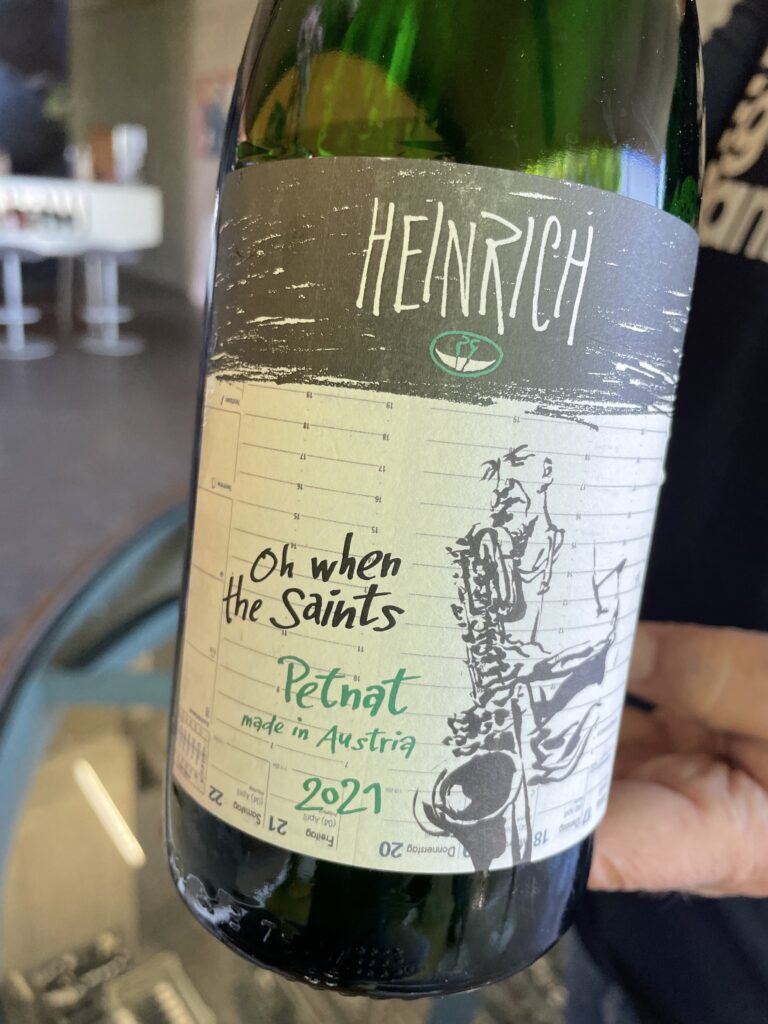
Weingut Heinrich Oh When the Saints St. Laurent Pét-Nat 2021, Burgenland, Austria
This St. Laurent was rooted in mica schist soils, high in iron and potassium. It began its native ferment in inox before transferring to bottle. Light apricot, green apple, bright pear skin, apricot fuzz and elderflower are kissed with some RS, which just makes for a lovely completeness and friendliness. Charmer. 90/100 (TR)
Weingut Wieninger Pét-Nat 2021, Wien, Austria
A new, experimental, small release product for Fritz, this higher pressure pét-nat was disgorged to release some of the fizz. A Gemischter Satz base was dosed with raw sweeter Muskateller to kick off the second ferment in the bottle. Tight and nervy, bone dry, with driving yellow apple, pear skin, quince in a smart, straight and streamlined form. Quite smart. 89/100 (TR)
Adamo Gamay Noir Pét-Nat 2020, VQA Ontario, Canada
This Gamay is sourced from vineyards across Ontario and vines averaging 15 years. The grapes were destemmed and macerated for 12 hours before pressing, starting fermentation in stainless prior to moving to bottle to complete ferment. It was then disgorged, but no additions were made, including sulphur. This pours a cloudy peach hue, and streams subtle wild strawberry, pomegranate, rhubarb, and peach fuzz along the slight palate, livened with a fine, persistent buzz of acidity through the dry, snappy finish. 89/100 (TR)
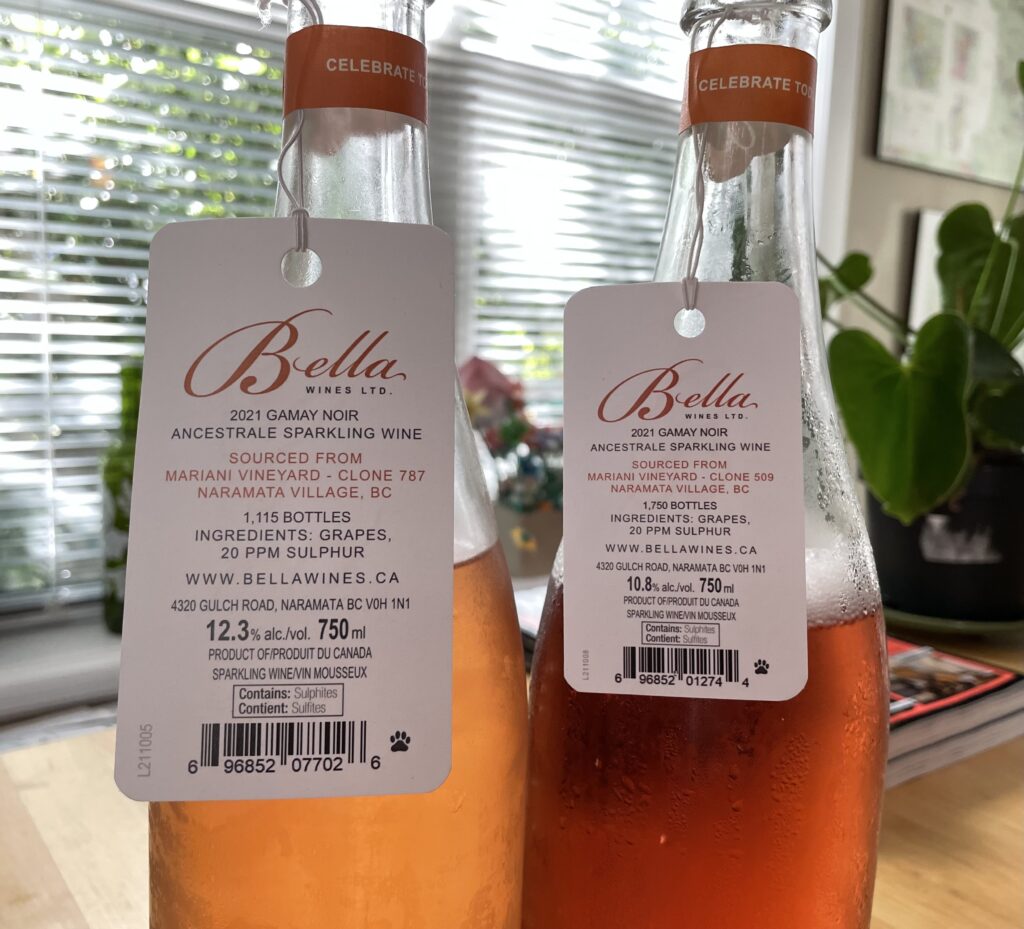
Bella Wines Gamay Noir Ancestrale Rosé Mariani Vineyard Clone 787 2021, Naramata Bench, Okanagan Valley, BC
This is one of two 2021 Gamay pét-nats from Naramata Bench’s organically farmed Mariani Vineyard, each made from a different clone, processed and picked the same. Clone 787 is rarely found in BC. The blushing peach hue is thanks to a few hours’ skin contact. Subtle mandarin, apricot, white peach glide along the bone dry, saline palate, with a welcome riff of texture and fine bubbles. The wee bump up of alcohol this year (to 12.3%) has elevated the charm and friendliness, as well as the concentration. Super smashable. 1115 bottles. 90/100 (TR)
Bella Wines Gamay Noir Ancestrale Rosé Mariani Vineyard Clone 509 2021, Naramata Bench, Okanagan Valley, BC
This is one of two 2021 Gamay pét-nats from Naramata Bench’s organically farmed Mariani Vineyard, each made from a different clone, processed and picked the same. Clone 509 is the most common Gamay clone found in BC. They left this on skins overnight for a darker hue, yielding a near sparkling red. Red currants, cherries, and raspberries are lit with a buzzy stony undercurrent and ample riffing acidity streaming through the saline finish. Beauty balance for its lightness of being (10.8%). 1750 bottles. 90/100 (TR)
Bella Wines Gamay Noir Ancestrale Rosé Bella Estate Vineyard 2021, Naramata Bench, Okanagan Valley, BC
This Gamay ancestrale comes off Jay and Wendy’s organically and biodynamically farmed estate vineyard’s steep clay banks. Zippy and nimble, with the purest wild strawberries, wild orange, tangerine pith streaking along an amply saline, bone dry palate, lingering with a salty bergamot meringue kiss. This has ample presence and verve for its 10.3%. A purer pét-nat I can’t imagine. 55 bottles. Yes, that’s correct. 91/100 (TR)
Poggio Anima Il Mostro Ragana Bianco 2020, Abruzzo, Italy
Poggio Anima is a joint project between Toscana’s Le Ragnaie, and one of their American importers to highlight different regions and indigenous grapes around Italy. Each cuvée in the colourful series is named for fantastic mythical beasts. This is a certified organic pét-nat of 85% Pecorino and 15% Chardonnay, from Vasto / Monteodorisio, in Abruzzo, and a site at 280m altitude. Pouring a lightly hazy, very pale hue, this is bright and lively with fragrant melon, pear, grapefruit pith on a juicy, medium-bodied palate. Lovely balance and ease to this charming pét-nat. 89/100 (TR)
Medici Ermete Lambrusco di Modena Phermento Rosato Rifermentato in Bottiglia NV, Emilia-Romagna, Italy
The Medici family has been producing quality sparkling wine since the beginning of the Emilia Romagna’s sparkling appellation of DOP Lambrusco di Modena. The winery today is in the hands of the 5th generation. The Phermento project came to life in 2016 under Alessandro Medici. This is a pét-nat, from 35-year-old Lambrusco di Sorbara, the most fragrant and delicate of the Lambrusco clan. Tart and crisp, with ripping acidity along a bone dry palate, this carries red currant, cranberry, rhubarb to a citrus spiced finish. The high acidity keeps this more severe Lambrusco tight and nimble on the lighter palate, refreshingly held to 11%. A natural for savoury brunch. 88/100 (TR)

